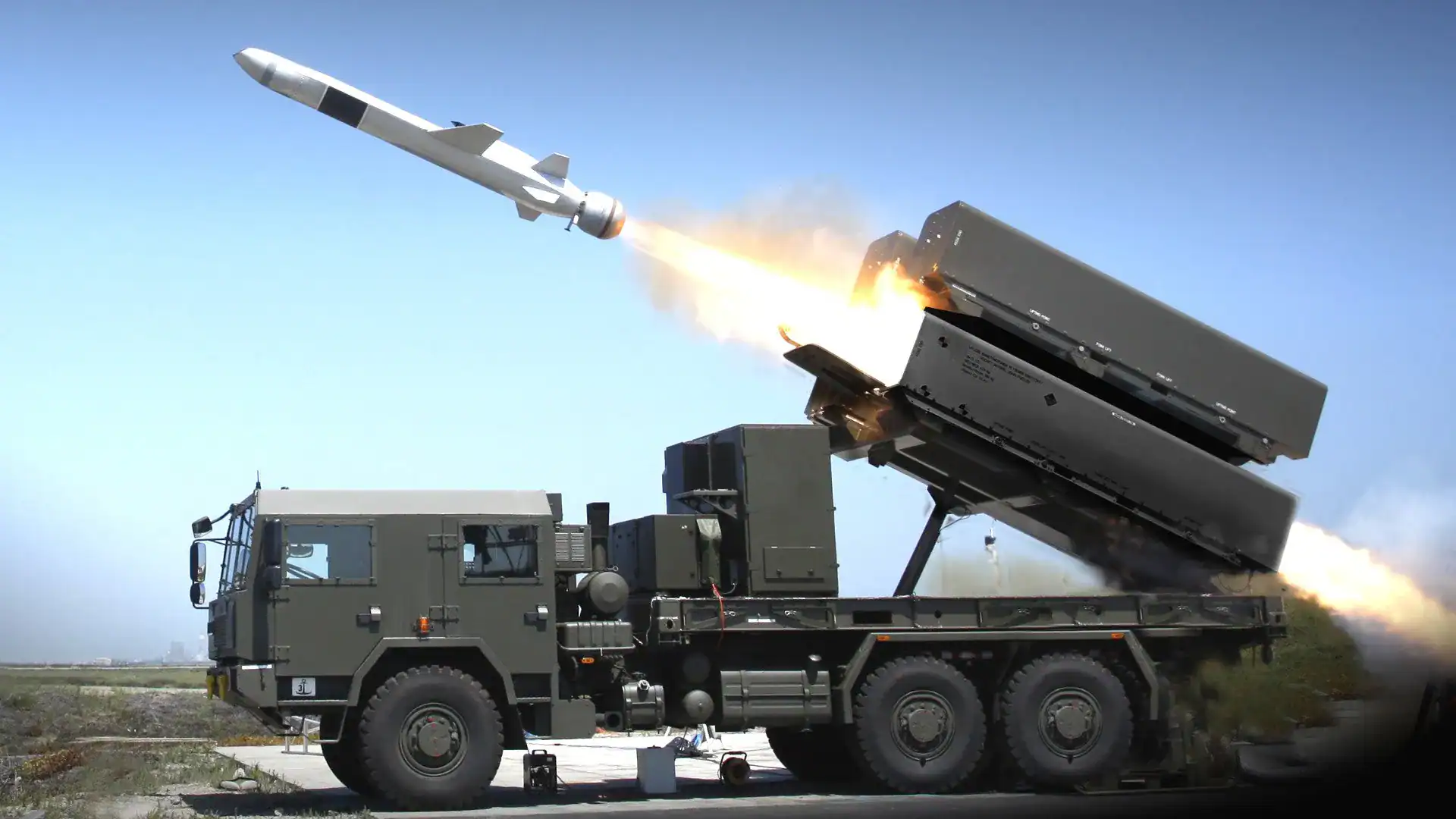Elon Musk’s dream of seeing Cybertrucks in military service has come true — though probably not in the way he envisioned. The U.S. Air Force has quietly confirmed plans to buy a pair of Tesla Cybertrucks, not for off-road patrols or futuristic logistics, but for something far simpler: to blow them up.
Yes, you read that right. The Air Force’s precision weapons division wants to see how Musk’s stainless-steel beast reacts to missile strikes and explosions. The vehicles will serve as live targets during testing exercises at the White Sands Missile Range in New Mexico — a place famous for hosting some of America’s most intense weapons trials.
From “Indestructible” Pickup to Military Target
Ever since its bombastic reveal, Tesla’s Cybertruck has been pitched as an indestructible, bullet-resistant vehicle — the kind of machine that could survive the apocalypse. Musk even hinted that it could make a great military vehicle. Ironically, that prophecy has come true in reverse: the truck’s durability made it a perfect target for destruction.

Procurement documents reveal that the Air Force Test Center (AFTC) conducted structural research on the Cybertruck earlier this year. Their findings? Nothing else on the market compares. The sharp-edged stainless-steel exoskeleton, combined with Tesla’s 48-volt electrical system and massive battery pack, creates a vehicle unlike any other — strong, heavy, and surprisingly resistant to impact.
That uniqueness sparked curiosity. Defense officials now want to understand how to destroy one — not because they expect Tesla to build tanks, but because adversaries might repurpose civilian EVs for combat.
Why the Cybertruck Matters to the Military
The move might sound absurd, but there’s clear logic behind it. Militaries around the world routinely test civilian vehicles that could end up in enemy hands. From Toyota Hilux pickups in the Middle East to captured Jeeps in conflict zones, knowing how to neutralize rugged vehicles is essential.

The Cybertruck’s combination of electric powertrain, stainless-steel armor, and large lithium battery presents new questions. What happens when such a vehicle takes a direct missile hit? How does its structure behave under blast shockwaves? Can its power cells ignite or explode differently than a gasoline engine?
Those are the questions the Air Force intends to answer — by using real munitions.
Explosions, Data, and Cold Science
At White Sands, engineers plan to tow the Cybertrucks into position and unleash precision-guided weapons on them. The tests will record every reaction — from fragmentation patterns to heat signatures — helping refine modern ordnance against next-generation materials.
Interestingly, the trucks don’t even need to run. The Air Force’s documentation specifies that they only need to roll when towed, meaning even damaged or defective Cybertrucks qualify as test subjects. That should come as a relief to Tesla, which is currently navigating production slowdowns and surplus inventory.
A Real-World Concern
The Pentagon’s interest isn’t purely hypothetical. Reports have surfaced of Chechen leader Ramzan Kadyrov acquiring several Cybertrucks — some reportedly fitted with mounted machine guns — and sending them to the Ukrainian front. The Air Force, it seems, is preparing for that scenario: a future battlefield where stainless-steel EVs appear in enemy convoys.
After all, modern warfare isn’t just about drones and missiles — it’s also about understanding what your opponents drive.
From Showroom Star to Missile Magnet
It’s a twist worthy of a Hollywood script. The same pickup once hailed as “bulletproof” is now being lined up for obliteration by the world’s most advanced weapons. But the symbolism runs deeper.
In a strange way, Musk’s vision of the Cybertruck as a revolutionary machine has been fulfilled. It’s no longer just a truck — it’s an icon of innovation, durability, and, now, strategic study.
So, as the Air Force loads its launchers and engineers ready their data sensors, one thing’s sure: the Cybertruck’s legend will live on — even if its test units don’t.
For more information about the US Military Cybertrucks, read The War Zone article.
👉 Please 📩SUBSCRIBE to us for more real-world EV analysis, news, and deep dives — written for EV fans by EV fans.
Hey, I’m Badal! I’m super passionate about cars—especially electric ones. Whether it’s EVs, electric trucks, bikes, or anything with a battery and wheels, I’m all in. I love writing blogs and articles that break things down for fellow enthusiasts and curious readers alike. Hope you enjoy the ride as much as I do! Enjoyed reading? You can buy me a coffee on PayPal ☕ → paypal.me/BadalBanjare
